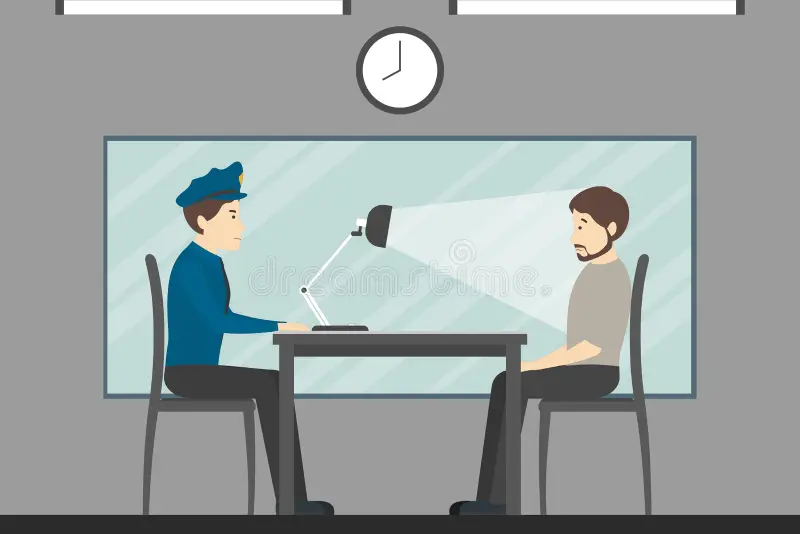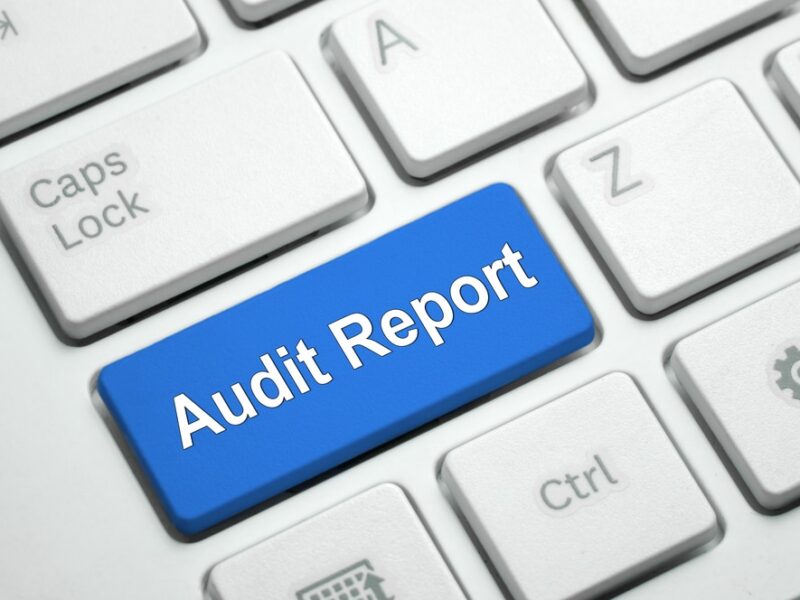This article is Part 4 of 6 in the Fraud Investigation Series. It focuses on conducting effective interviews, specifically whom to interview and how to conduct the interview.
IDENTIFYING INTERVIEWEES
After receiving a fraud tip, assembling the team, and collecting evidence, it’s time to begin conducting interviews. The process starts with identifying individuals to interview, including those involved in the alleged fraud and those who may have information to aid the investigation. Moving quickly at this stage is essential. Once you begin interviewing individuals directly or indirectly involved in the fraud, word of your investigation will spread throughout your district. You don’t want to give the alleged fraudster an opportunity to destroy uncollected evidence or influence witnesses.

The order of interviews resembles a target. At the center is the bullseye, the alleged fraudster. The interview sequence should start at the outer edges of the target and work inward. For example, the order of interviews could be as follows: the alleged fraudster’s supervisor (as a courtesy to inform them and gather detailed information about the alleged fraudster), coworkers (who may know a lot about the individual and the fraud), any possible collaborators, and finally the alleged fraudster. Again, you must move quickly once interviews begin to avoid tipping off the alleged fraudster.
CONDUCTING THE INTERVIEWS
Several decisions must be made before starting interviews. One is the location. Should interviews be held in the office or campus where the alleged fraudster works, or would an offsite location be preferable? You and your fraud investigation team will need to make this decision.
I recommend preparing a list of questions to bring into the interview. This ensures you cover key points without relying on memory. Interviews should be conducted in teams of two: one person asks questions while the other takes notes. It’s important for the lead interviewer to engage with the interviewee and build a rapport, which is difficult if you’re focused on notetaking. At the end of the interview, ask the note-taker if anything was missing or if clarification is needed from the interviewee. You may only get one chance to interview individuals, so ensure you cover everything necessary.
POST-INTERVIEW
After the interview, recap what was discussed and ask the interviewee if your summary accurately reflects the conversation. If not, allow them to clarify where you may have misunderstood or where they provided inaccurate information. Afterward, you can take one of two approaches: thank them for their time and part ways, or, if the interviewee provided incriminating information about themselves or others, ask them to write a statement or sign one you’ve prepared. Some individuals may be willing to do this, while others may not.
The key takeaway is that interviews should be conducted systematically. Start with those who have knowledge of the fraud and work toward those directly or indirectly involved. Use a prepared list of questions and work with a partner during interviews. Finally, ask interviewees to sign a summary of the information they provided.
If your district needs training in school fraud detection, prevention, or investigation, please contact me at anthony@edufraud.com.


